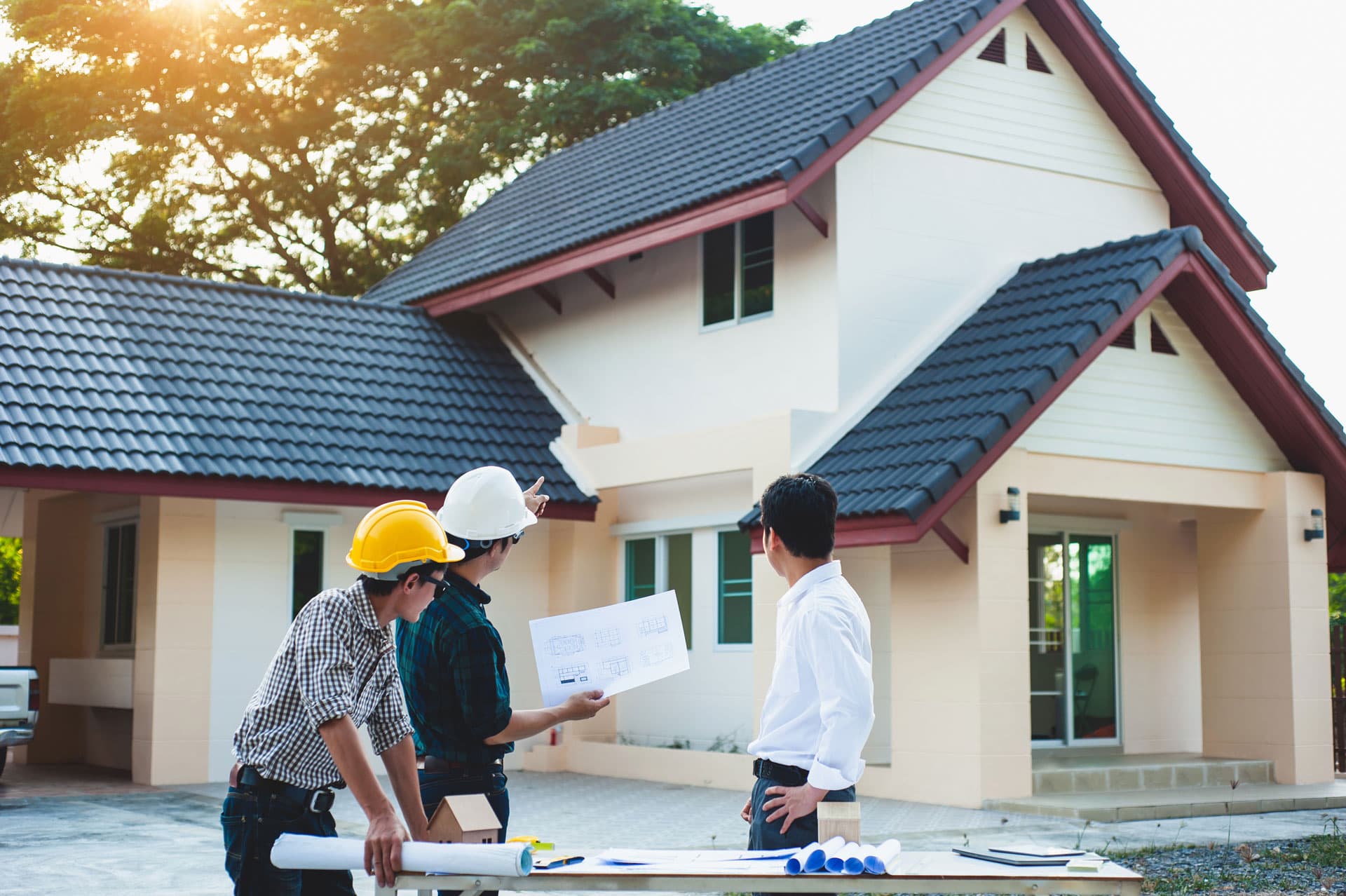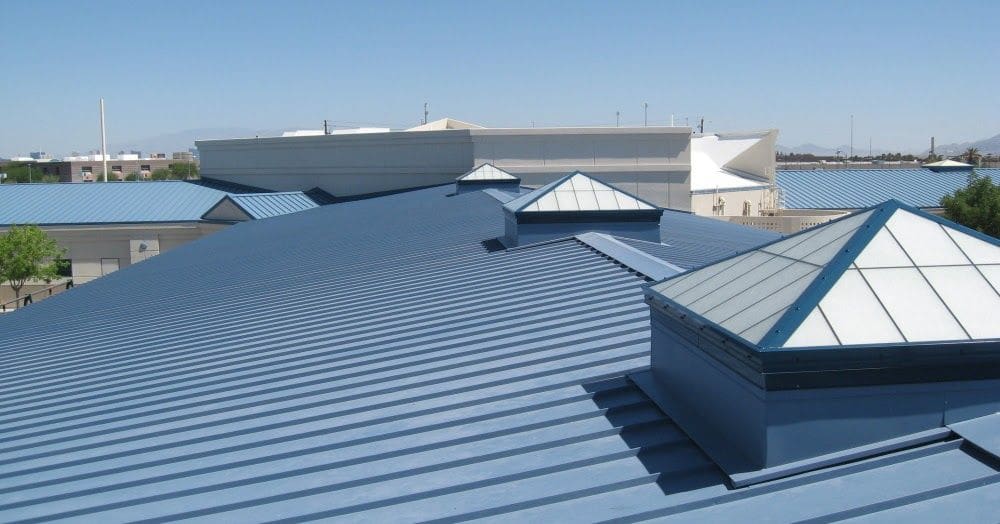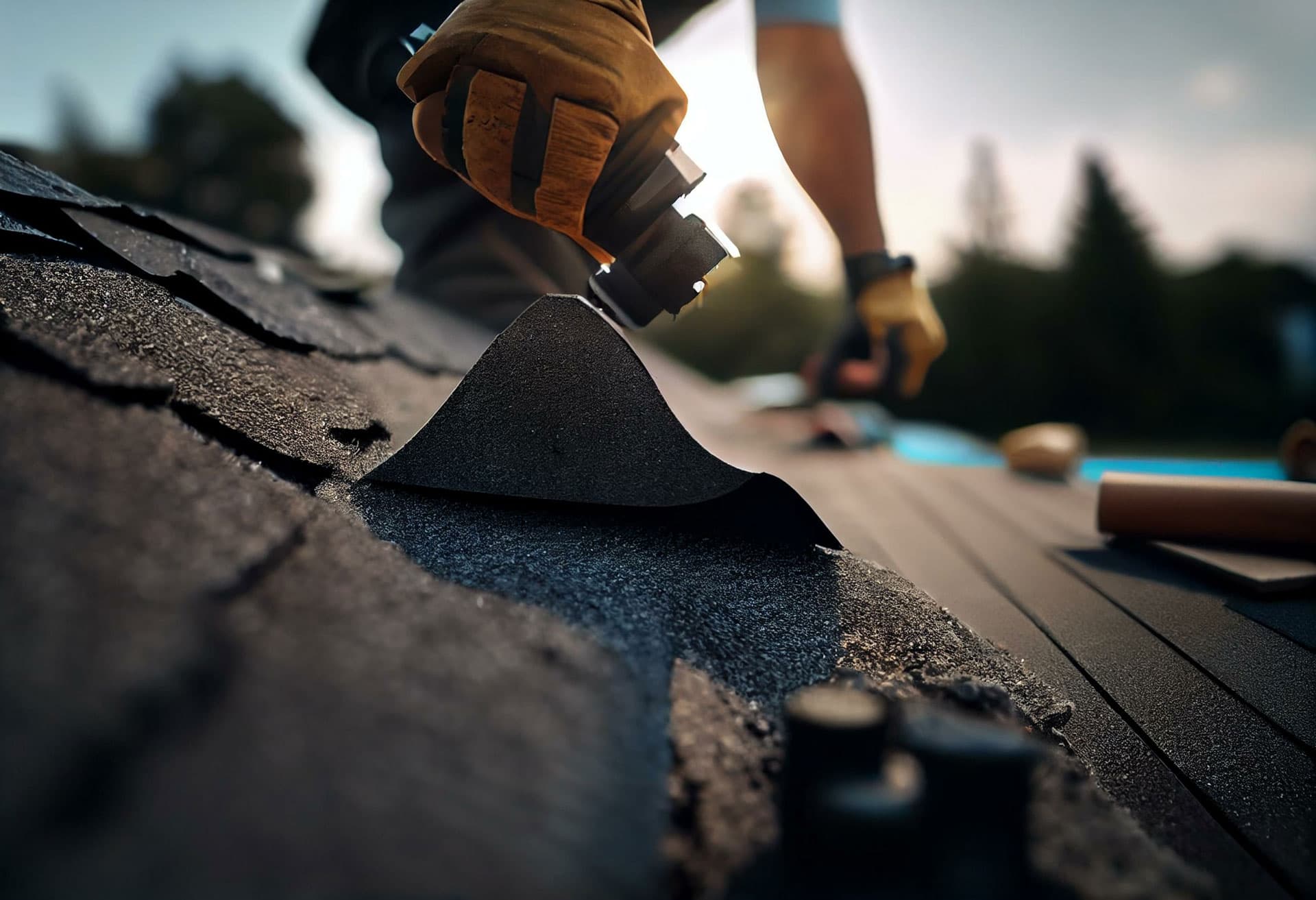Roofs are more than just a shelter over our heads. They are a significant part of any property, contributing to the overall aesthetics, functionality, and, most importantly, the property’s value. The condition of a roof plays a crucial role in determining the worth of a property in the real estate market. A well-maintained roof not only increases the appeal of your property but also adds significantly to its monetary value. Conversely, a roof in poor condition can significantly decrease a property’s value and make it harder to sell.
The importance of roof maintenance cannot be stressed enough when considering its impact on property value. Much like a solid foundation, a well-kept roof is an indication of a well-maintained home. Potential buyers consider the condition of the roof a major factor when assessing the overall cost of maintenance or renovation after purchase. A roof in good condition can give potential buyers peace of mind, knowing they won’t have to incur immediate, costly repairs, and can therefore command a higher selling price. On the other hand, a property with a poorly maintained roof is likely to be undervalued and can stay on the market longer.
It’s a simple equation: regular roof maintenance equals preserved, or even increased, property value. By ensuring that your roof is in optimal condition through regular maintenance, you are not just protecting your property from the elements; you are also making a sound investment that can yield significant returns in the future. Whether you plan to sell your property or keep it for years to come, maintaining your roof’s condition should be a top priority.
Understanding the Role of the Roof
The roof plays a pivotal role in both the functional and aesthetic aspects of a house, directly impacting its overall value. Understanding the importance of the roof from both these perspectives can help homeowners make informed decisions about maintenance and improvements.
Functional Importance
From a functional perspective, the roof acts as a protective shield for a property. It safeguards the interior from external elements such as rain, snow, wind, and extreme temperatures. A well-maintained roof guarantees the structural integrity of a house by preventing water leaks, which can lead to issues like dampness, mold growth, and even structural damage. A damaged or poorly maintained roof can cause costly repairs and may even make the property uninhabitable until fixed. Consequently, the functional state of the roof can significantly influence a property’s value.
Aesthetic Importance
On the aesthetic front, the roof contributes significantly to a property’s curb appeal. The color, design, and material of the roof greatly influence the overall aesthetic charm of a property. A well-designed and well-maintained roof can enhance the architectural style of a house, making it more appealing to potential buyers. In contrast, a roof in poor condition can detract from a property’s appearance and diminish its market value.
Energy Efficiency
The roof’s condition also has a direct bearing on a property’s energy efficiency. A roof in good condition can provide proper insulation, reducing energy costs by maintaining optimal indoor temperatures. This energy efficiency is an increasingly important factor for many home buyers, adding further to the property’s value. In essence, the state of the roof is not just about protection and aesthetics; it is a critical element in the overall value proposition of a property.
The Impact of Roof Condition on Property Value
A roof in top shape isn’t just about keeping the rain out – it’s a major factor in your home’s value. Think of it as a silent salesperson, boosting your curb appeal and whispering “well-maintained” to potential buyers.
A new or well-kept roof can significantly increase your property value, while a neglected one can send it plummeting. Why? Buyers see a sound roof as a sign of a well-cared-for home, saving them future headaches and expenses. This translates to higher offers and a quicker sale. So, if you’re looking to maximize your investment, a healthy roof is key.
Curb Appeal
The condition of a roof plays a significant role in defining a property’s curb appeal. A well-maintained roof, free from visible damage such as sagging, missing tiles, moss, or lichen, can boost the aesthetic appeal of a house. It presents a picture of a well-cared-for property, attractive to potential buyers. Conversely, a neglected or damaged roof can detract from the overall appearance of a property, making it less appealing and consequently lowering its value.
Financial Implications
The financial implications of roof repairs and replacements cannot be overlooked when considering property value. A new roof can be a substantial investment, but it often pays off in terms of increased property value. Prospective buyers are more likely to pay a premium for a property with a new or recently repaired roof, knowing they won’t have to bear the cost of any major roof work in the near future. On the other hand, properties with roofs in poor condition may require a price reduction to account for the future expense the buyer will likely incur.
Property Inspection Reports
Furthermore, the condition of a roof can heavily influence property inspection reports. Home inspectors meticulously assess the condition of the roof, looking for any signs of damage, wear, or improper installation. Any issues highlighted can lead to a lower property valuation, as potential buyers may want to negotiate the price down to cover the cost of necessary repairs or replacements.
Insurance Premiums
Lastly, the condition of a roof also plays a pivotal role in determining insurance premiums. Insurance companies often consider the state of a roof when setting home insurance premiums, as a roof in poor condition increases the risk of damage and claims. Homes with well-maintained roofs are less likely to suffer from leaks, water damage, and other issues, which can cause lower insurance premiums. Therefore, maintaining your roof in good condition can not only increase your property’s value but can also help you save on insurance costs.
Case Study: Property Value Impact
To illustrate the impact of roof condition on property value, let’s examine two contrasting cases:
Case Study 1: New Roof, Increased Value
A property originally worth $250,000 had its roof replaced due to wear and tear. After the roof replacement, the property’s value increased to $275,000, a 10% increase. This value increase is not just because the property looks more visually appealing with a new roof; it also assures potential buyers that they won’t have to worry about a roof replacement in the near future. The new roof also positively impacted the property inspection report, with no roofing issues highlighted, leading to an overall higher property valuation. Furthermore, the owner enjoyed a decrease in insurance premiums, contributing to their overall financial savings.
Case Study 2: Poor Roof, Decreased Value
Another property, also valued initially at $250,000, had a roof in poor condition with visible signs of wear and tear, causing water leakage and insulation issues. During the property inspection, numerous roof-related issues were noted, leading to a lower property valuation. In this case, the property’s value decreased to $225,000, a 10% decrease. Potential buyers were deterred due to the impending roof repair costs and the overall diminishing curb appeal. In addition, the owner faced increasing insurance premiums due to the risks associated with the damaged roof.
These two case studies clearly illustrate the impact a roof’s condition can have on a property’s value. A well-maintained roof can significantly increase property value and provide financial savings. Conversely, a poorly maintained roof can decrease property value, deter potential buyers, and increase costs for the owner.
Choosing the Right Roofing Materials
In the quest for a sustainable real estate investment, the choice of roofing materials plays a significant role in determining property value. The array of available roofing materials, each with its unique benefits and drawbacks, impacts property value to varying degrees.
Traditional materials like asphalt shingles are affordable and easy to install, making them a popular choice among homeowners. However, they may not offer the longevity and durability of other options such as metal or tile roofs, potentially impacting future property value. On the other hand, metal roofing, while initially more expensive, offers longevity, durability, and energy efficiency that can enhance property value significantly over time. Tile roofs, popular in regions with a Mediterranean climate, are extremely durable and can last over 50 years. This long lifespan can greatly increase a property’s value, making it a worthwhile investment despite its higher upfront cost.
Local climate should also be a factor in choosing roofing materials. Certain materials perform better in specific weather conditions, which can affect their lifespan and, consequently, property value. For instance, metal roofs are excellent in areas prone to wildfires or extreme heat due to their fire resistance and reflective properties. In contrast, slate or tile roofs are ideal for regions experiencing heavy snowfall, as they are sturdy enough to withstand the weight.
In conclusion, choosing the right roofing materials based on their characteristics and suitability to local climate can significantly impact property value. While the initial cost may be higher for certain materials, the potential increase in property value and decreased maintenance costs can make it a worthwhile long-term investment.
Preventative Measures to Maintain Roof and Property Value
Don’t wait for your roof to become a problem before taking action! Proactive care is key to preserving both your roof and your property value. Regular inspections can catch minor issues before they escalate into costly repairs. Think of it as a check-up for your roof, allowing you to address small problems like a few missing shingles or damaged flashing before they lead to leaks and structural damage.
These small steps can save you a lot of money and stress in the long run, keeping your home in top condition and maintaining its market value.
Regular Inspections
Regular roof inspections are a pivotal preventative measure that can help maintain both the condition of the roof and, consequently, the overall property value. By identifying minor issues and potential problems early on, these inspections can save homeowners substantial costs and prevent significant damage.
Moreover, they ensure that the roof maintains its aesthetic appeal, which is a significant contributing factor to property value.
Prompt Repairs
Another key preventative measure is the prompt repair of minor damages. Allowing even minor damages to persist can lead to more severe issues, such as water leaks, rot, or mold, which not only affect the roof but can also cause damage to the overall structure of the property, thus significantly decreasing its value.
Therefore, addressing these minor damages promptly is essential in maintaining the property’s value.
Professional Maintenance
Lastly, the role of professional roof maintenance services should not be underestimated. While some minor repairs and preventative measures can be carried out by the homeowners themselves, professional services offer expertise and experience that can ensure the longevity and robustness of the roof.
At Stanton RECC, we can provide comprehensive inspections, identify potential issues that may not be immediately visible, and offer prompt and effective solutions that can extend the lifespan of the roof and, thus, maintain the property’s value.
Name, Address, and Phone:
Stanton RECC
7622 Colgate Ave, Westminster, California, 92683, US
714-451-4948
Social Media:







